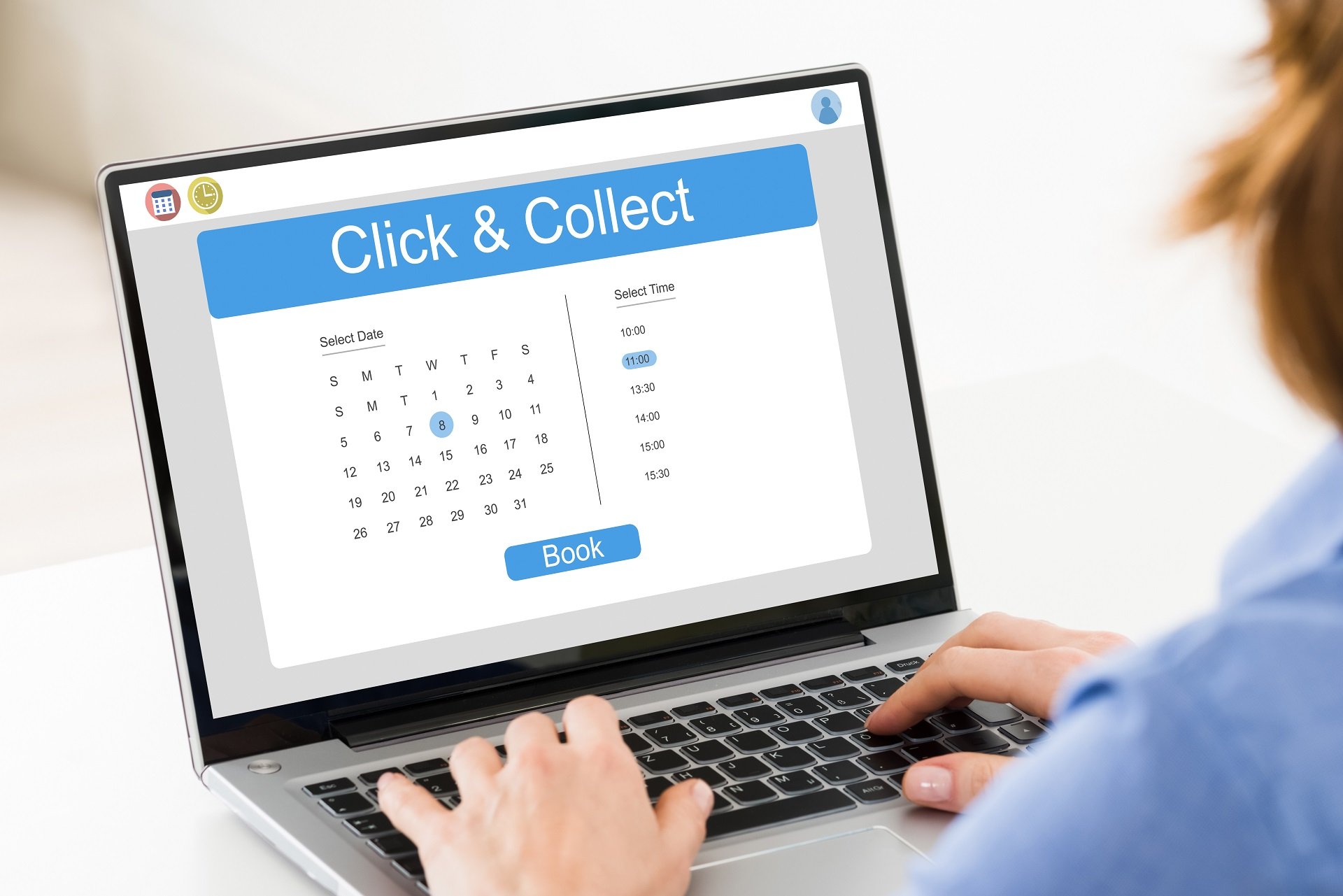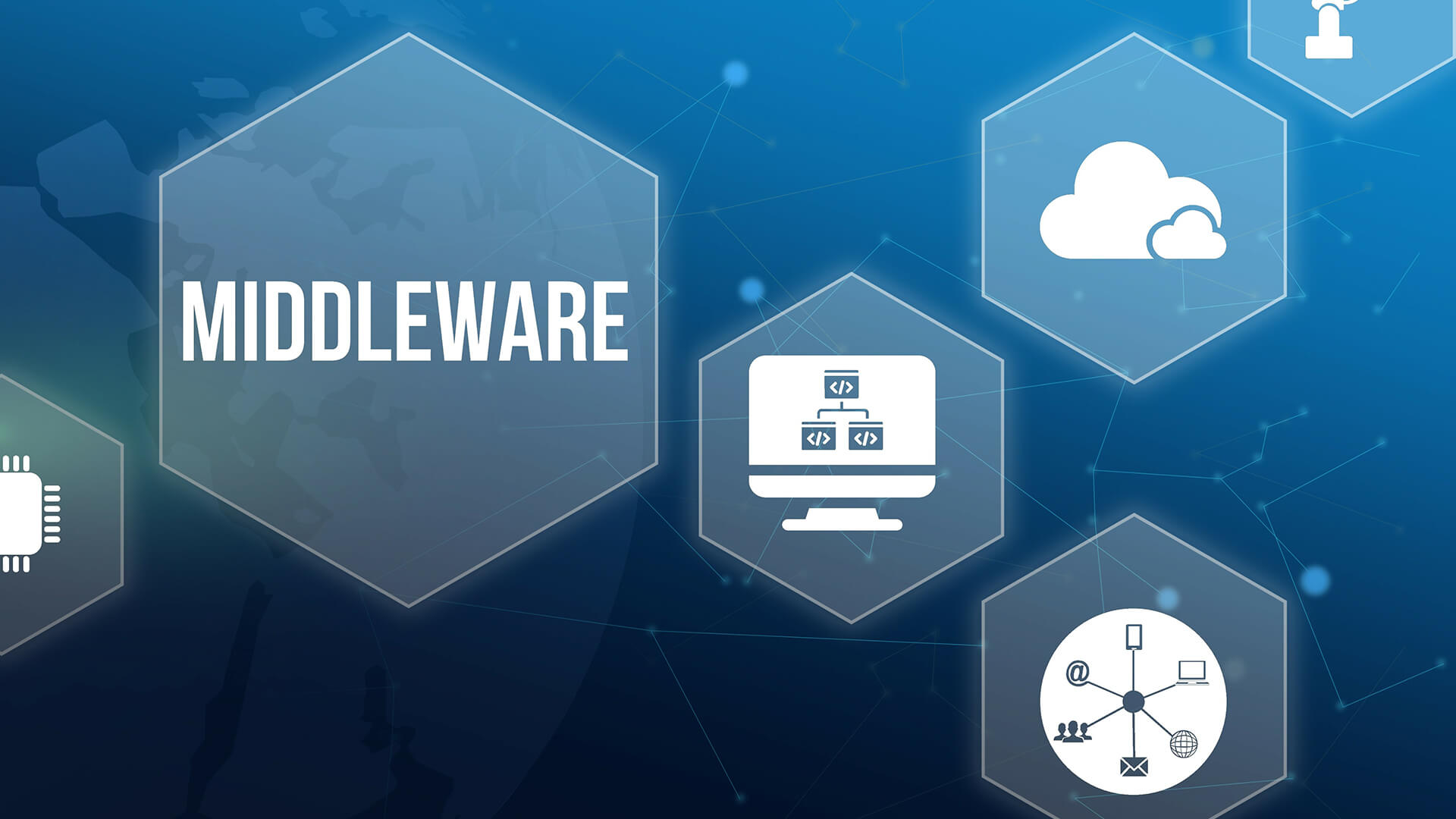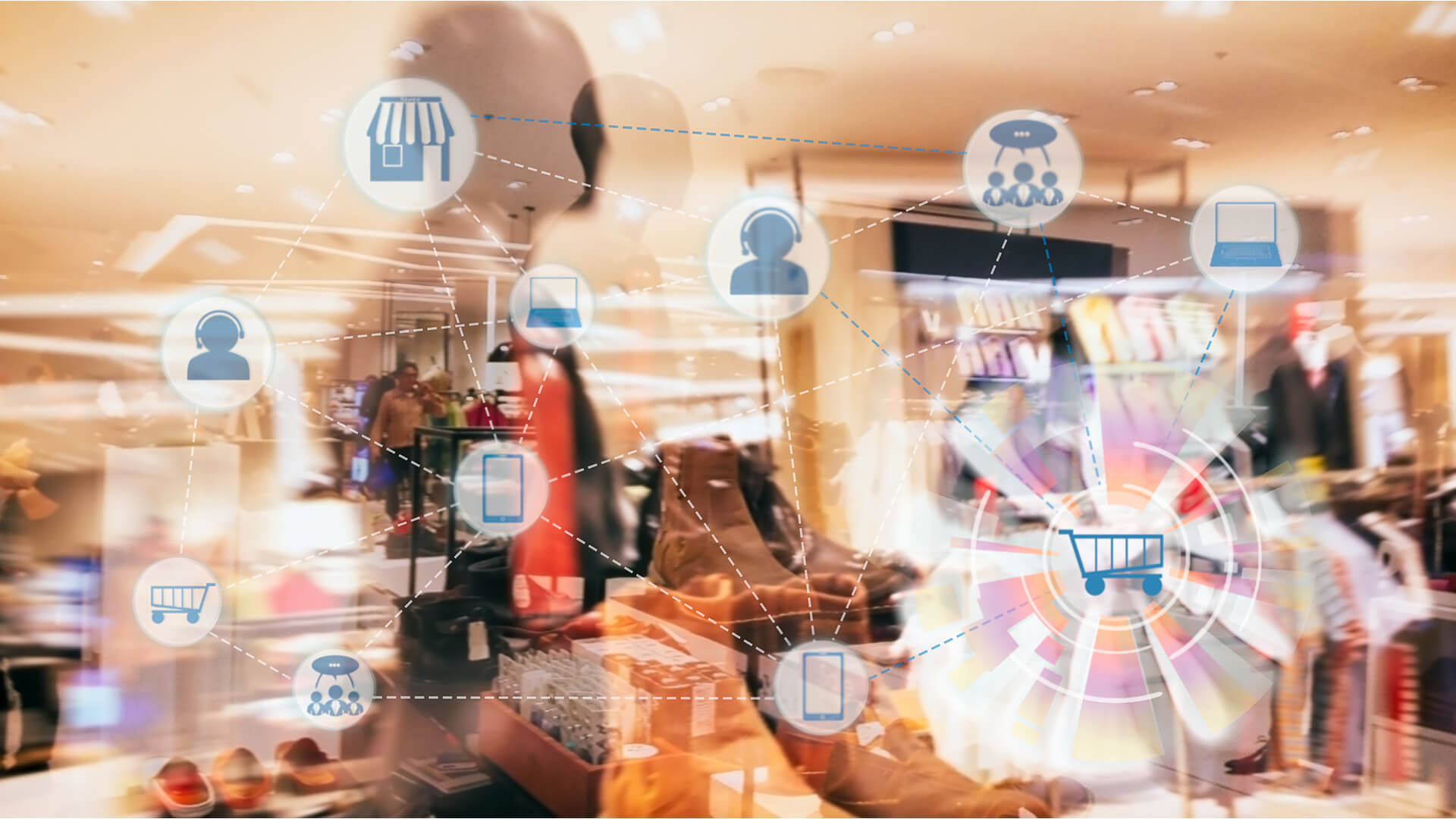Software for omnichannel retail
Create the best possible customer experience by combining online and stationary shopping experiences and harmonize internal company processes by introducing omnichannel software. The shopping experience with major players in retail and the proliferation of mobile devices and new technologies have created high expectations in the customer journey. Customers expect to be able to contact the company via different channels - while maintaining the same quality of service. On the retail side, this requires the use of different sales channels and is technically very complex. Omnichannel software helps to sell on all desired channels (own online store, marketplaces and stationary) and combines the retail, shipping, warehouse and logistics processes in a central omnichannel backend platform.
How does software for omnichannel commerce work?
Webshops, social media, online marketplaces and bricks-and-mortar retail: these are just some of the sales channels along the customer journey that companies need to be present on today in order to remain competitive. However, all of these channels must also be supplied with information from the inventory systems and, conversely, the inventory systems must be able to process the information received from the other channels. On the one hand, orders for certain items are received at certain conditions, including customer contact data, while on the other hand, information about the products and their availability as well as payment processing must be issued. This exchange should function without delay, all data must be stored centrally and all stock information must be updated continuously. This can mean, for example, that an item that is still physically available in the warehouse has to be reserved as "sold" in the system because an order has just been received for it.

PIM and PIM systems
Omnichannel software also makes it easier to provide the item information required online. This is done either via your own integrated PIM (Product Information Management) or by connecting complex PIM systems. You can also connect your content provider for images and for text systems based on artificial intelligence to the PIM system of the omnichannel commerce software. This means less effort is required for online product data, as target group-specific product descriptions are automatically generated for each channel.
Order routing
An omnichannel solution also uses order routing to control which products are delivered from which store or warehouse. Order routing ensures that orders from the various channels are optimally distributed within the logistics network and that the best warehouse is selected for the respective order. If a selected warehouse cannot deliver due to an error, a re-routing must be triggered by the corresponding error message in order to deliver the goods to the customer as quickly as possible.
An order management system is also an essential component of an omnichannel solution. If you are interested in an order management system, please click here.
What are the benefits of omnichannel software?
In addition to connecting additional sales channels, companies and brands want to expand their services. Such customer loyalty offers must also function seamlessly across all channels - both online and stationary. Customers should not notice that different operating systems are being used in the background.
The voucher example also highlights the difference to the multichannel approach: while the same voucher can be used online and offline in omnichannel, different vouchers are implemented for online and offline in multichannel. The same applies to marketing campaigns, e.g. for collecting bonus points, which can also be collected online and in-store. The Click & Collect or Click & Reserve offers are also fundamental to omnichannel commerce. In order for these services to be successfully advertised online in the store by marketing, they must function smoothly. Only then does this omnichannel strategy have a chance of retaining customers through digital convenience. For a smooth customer journey, complex processes must be able to run automatically in the background. This requires the entire IT structure of the retailer or brand. However, as this has usually grown over the years and not all systems can keep up with the required speed of omnichannel commerce, an omnichannel commerce solution in the form of middleware is required that also enables IT infrastructures that have grown over the years for omnichannel commerce and ensures smooth communication between the systems.
Better brand visibility
Increase in sales transactions
High customer satisfaction
Seamless synchronization
Which processes does omnichannel software need to connect?
For omnichannel to work, numerous technical processes have to interlock in the background. An integrated technical infrastructure prevents errors and communication breaks and reduces manual effort. The following processes must be taken into account:

- Control of third-party suppliers, shipping service providers and payment service providers. A high level of interface expertise (API, EDI, XML, CSV) is required here.
- Integration of different sales channels, such as online store, app, marketplace and social media. These place different demands on integration, preparation of product master data, returns management, payment, etc.
- Continuous updating of all stock levels on all sales channels
- Processing of different payment methods including partial payments, automated processes for processing credit notes
- Management of shipping options, e.g. shipping from the main warehouse, via drop shippers or external logistics providers, ship from store or click & collect
- Enabling various returns options such as postal shipping or returns to the store
- Integration of or data exchange with inventory systems such as ERP, financial accounting, PIM, logistics and CRM that are not designed for e-commerce processes
- Answering customer inquiries and creating tickets across all sales channels and dispatch warehouses
Best of Breed - Being able to choose the optimum
For the best possible performance in every area, you should be able to choose which applications from which providers you want to use. However, these different applications rarely work together flawlessly. Problems can arise when exchanging data, especially if older IT structures are involved.
This is where powerful middleware is an advantage. It takes over omnichannel management for your various systems. It does this by homogenizing the data communication of the systems and adding missing processes to the existing system architecture. This option is offered by an omnichannel solution that transforms all individual components into a functioning overall system in the sense of a control center.
Omnichannel platform as a solution

All of the specialist systems involved represent the best solution for your business on their own and still work together as a large unit - thanks to an omnichannel strategy. In technical terms, they are connected via Application Programming Interfaces (API). For example, planning systems, merchandise management systems or checkout systems can be used. This is exactly where an omnichannel platform comes in. It acts as middleware between the systems working in the background and, for example, transfers article information from a PIM to the respective sales channels or to the store and the store. In addition, the platform manages the orders, provides feedback regarding a status such as "shipped" or "returned", collects information centrally, prepares the data digitally and distributes it automatically to the publicly visible sales channels. The data is thus available to every participating solution in real time.
This also or especially applies to older-generation IT systems. These are often powerful, but originate from a time when omnichannel commerce did not yet play a role, especially for brick-and-mortar retail. This means that systems that have been around for decades now have to communicate with much more modern tools such as online stores and social media channels. Added to this is e-commerce software that goes beyond an online store. These systems reach their limits when it comes to managing all this - often very different - data. Many companies are faced with the problem that they are reluctant to decide against the existing structure and still want to use modern omnichannel processes. With our omnichannel software, you can decouple the existing IT from the systems for e-commerce or from all systems that you want to use as part of your omnichannel strategy. This gives you a strong omnichannel retailing platform while retaining your existing systems.

What are the challenges in omnichannel?

The need to create an end-to-end customer journey presents retailers and brands with new challenges. One channel is no longer enough to communicate with the customer. Customer centricity places the customer at the center of all measures. This makes it essential for companies to offer their customers multiple touchpoints so that they can be wherever their customers are. The resulting volumes of data need to be managed and automated in a meaningful way. If companies ignore this transformation, they run the risk of losing visibility and competitiveness. The strategy must be to pick up customers on all channels, accompany them and thus offer them a seamless shopping experience.
An omnichannel solution supports retailers and brands in ensuring and constantly optimizing this cross-channel data communication. However, this requires numerous technical processes to be developed and kept running in the background:
- Control of partners such as third-party suppliers, payment service providers or shipping service providers
- Current stock levels both online and offline
- Various returns options
- Order management of online and offline orders
- Routing to the right warehouse according to various criteria (geography, best availability, split orders, etc.)
- Inventory systems (ERP, PIM, logistics and CRM) must be integrated.
- Customer service and support must function flawlessly on all channels.

Are you looking for a solution for omnichannel retail?
Supporting your customers on all channels is becoming increasingly important. A seamless connection to the various sales channels is crucial for this. We understand this and offer you - whether you are a large or small company - customized solutions that are precisely tailored to your needs.Find out more about our omnichannel commerce software solutions now.
